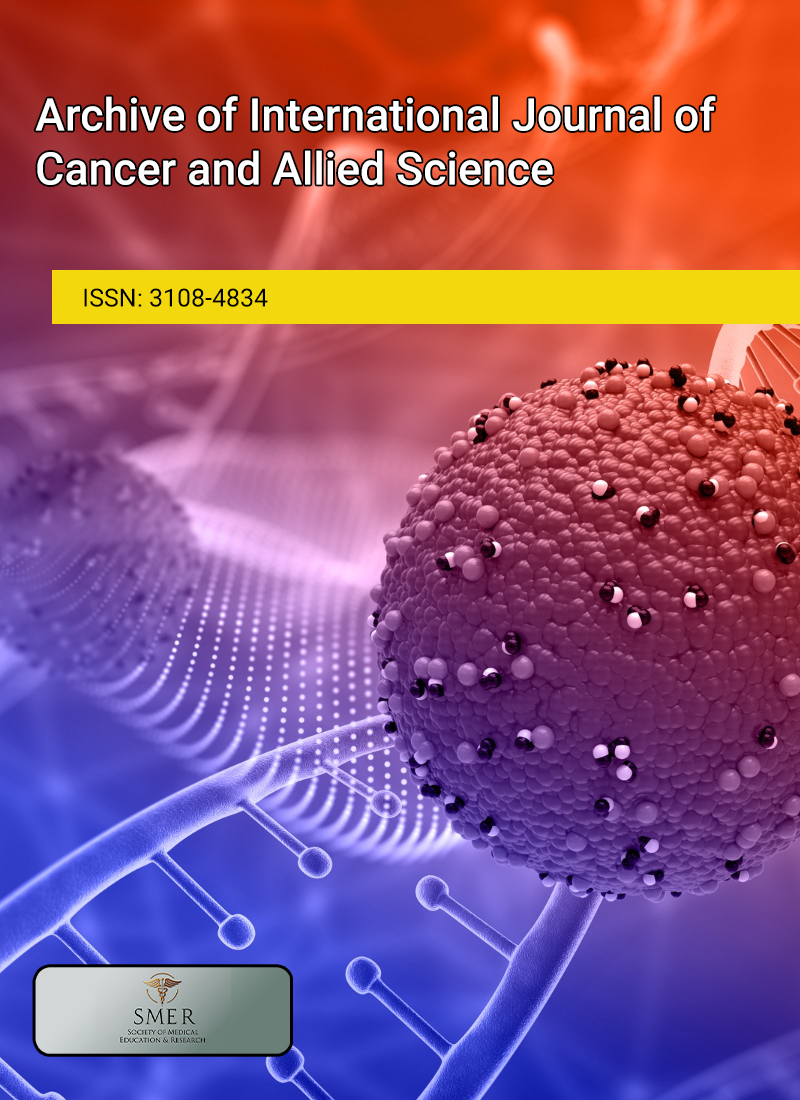
Oral cancer, a malignant growth originating in the tissues of the oral cavity, ranks as the eighth most common cancer globally. Its high mortality rate is largely attributed to diagnoses occurring at advanced stages. Although histological examination remains the gold standard of diagnostic, it necessitates invasive tissue sampling. In contrast, liquid biopsy has recently gained attention as a non-invasive and promising alternative for the diagnosis of oral cancer. This method analyzes tumor-derived materials and their surrounding microenvironment using biological samples such as blood, saliva, urine, and breast milk. Key molecular markers analyzed in liquid biopsies include circulating tumor DNA (ctDNA), exosomes, circulating tumor cells (CTCs), microRNAs (miRNAs), and cell-free DNA (cfDNA). Liquid biopsy offers significant potential for early detection, tumor molecular profiling, treatment monitoring, and identifying minimal residual disease. This narrative review explores the role of liquid biopsy in the diagnosis of oral cancer, highlighting its molecular targets, benefits, and clinical implications.